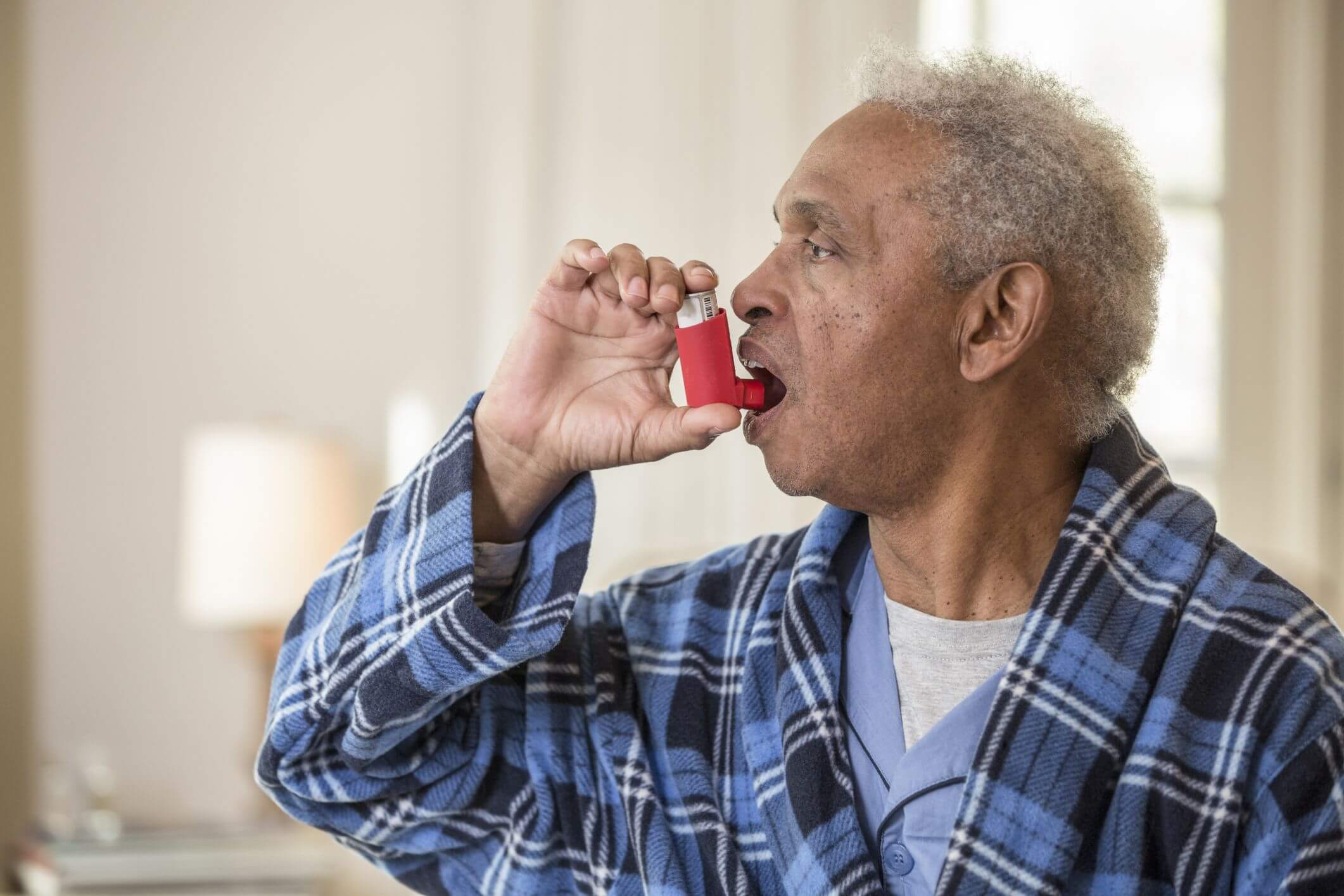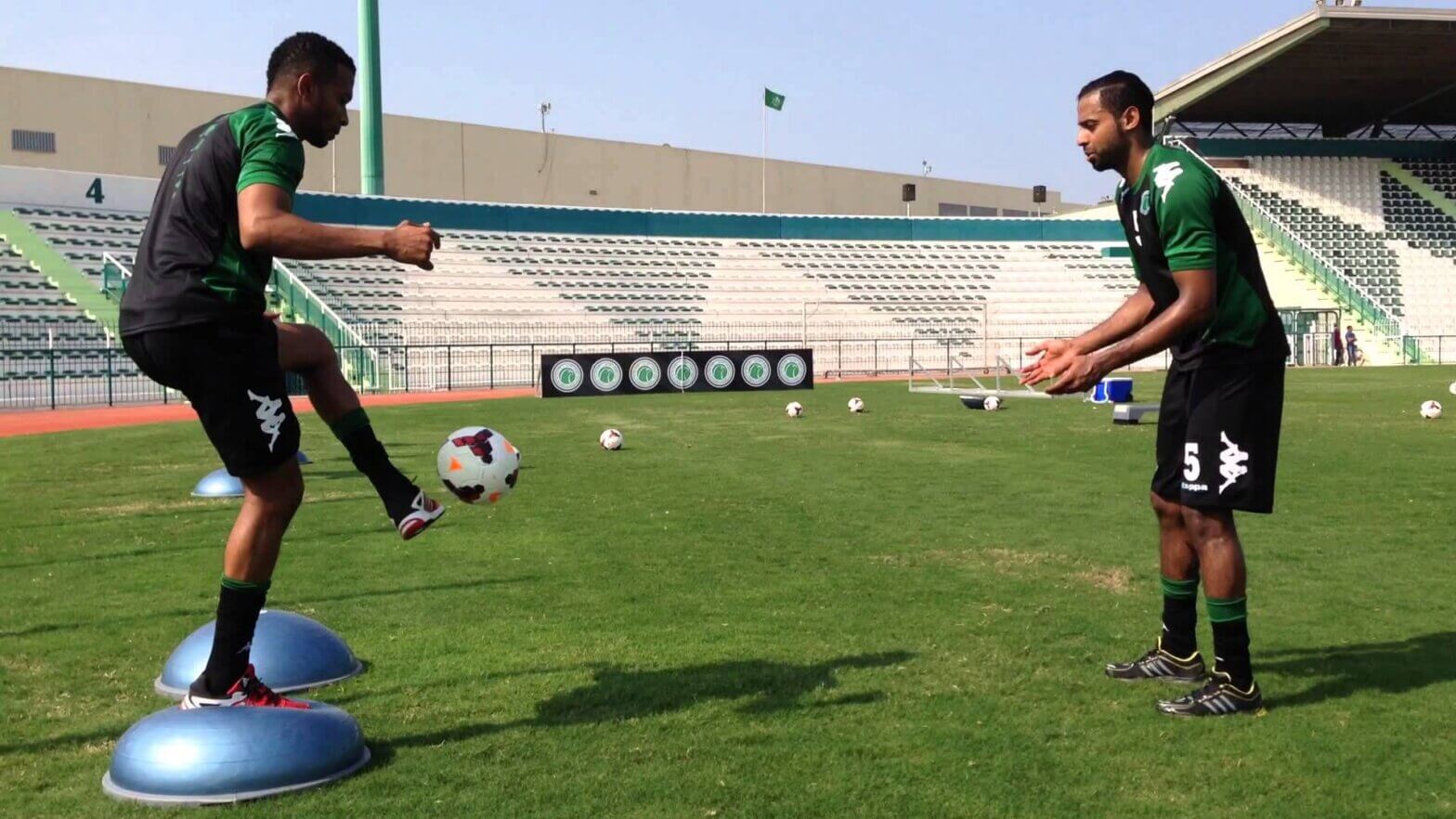Chronic Obstructive Pulmonary Disease (COPD) is a term used to describe a group of inflammatory lung diseases that obstruct airflow from the lungs. With over 16 million people in the United States diagnosed with COPD and millions more undiagnosed, it is likely that you or someone you know is affected by the disease. Many people associate COPD with cigarette smoking, but it is much more than just a smoker’s problem. In fact, according to the National Institute of Health, 25% of people with COPD have never smoked. Living with COPD can be frustrating, debilitating, and even fatal. However, it is treatable. Learn more about COPD and how physical therapy can play a role in treatment by reading below!
What is COPD?
The two most common conditions associated with COPD are chronic bronchitis and emphysema. Chronic bronchitis is inflammation of the lining of the lungs’ airways (known as bronchi) that causes persistent cough and production of phlegm/mucus. Emphysema is characterized by damage to “air sacs” in the lungs known as alveoli. This makes moving air into and out of the lungs difficult, resulting in shortness of breath and chronic cough.
The primary cause of COPD is long-term tobacco use or exposure, although people who are not smokers can develop COPD as well. Other harmful irritants and pollutants (such as chemicals, dust, or fumes) may increase risk and contribute to the development of the disease. There are also rare instances in which a genetic disorder may be the cause. People with COPD are at greater risk of developing other conditions, such as heart disease, high blood pressure (specifically pulmonary hypertension), and lung cancer.
What are the symptoms of COPD?
In addition to chronic cough, shortness of breath, and excessive mucus production, other symptoms of COPD include:
- Wheezing
- Feeling of chest tightness
- Fatigue
- Frequent respiratory infections
- Weakness
- Unintended weight loss
- Swelling in the legs and feet
These symptoms gradually worsen over time as damage becomes more extensive. People may also experience episodes of exacerbations where symptoms are worse than usual for multiple days at a time. COPD is progressive, meaning symptoms will worsen over time. Depending on the severity of symptoms, a person may require medication or supplemental oxygen. However with treatment, symptoms can be well managed.
How Physical Therapy Can Help Treat COPD
Physical therapy has been shown to be helpful in slowing the progression of COPD and improving both symptoms and quality of life. The benefits of physical therapy for people with COPD include, but are not limited to:
- Increased cardiovascular health and endurance
- Increased muscle strength
- Improved breathing technique and reduced shortness of breath
- Increased exercise capacity
- Weight management
- Access to educational resources regarding the condition
A physical therapist may use hands-on manual therapy techniques, lead you in stretching and strengthening exercises, guide you in breathing exercises, or employ a number of other treatments to help alleviate your symptoms.
If you are looking for relief from COPD-related symptoms, call Respire Physical Therapy at (703) 671-1871 or click here to schedule an initial evaluation and improve your ability to complete daily activities and exercise today!
Tags: alexandriava, springfieldva, fallschurchva, Physical Therapy, ptworks, Respire Physical Therapy, annandaleva, physical therapist, COPD, health and wellness, chronic obstructive pulmonary disease, lung disease, choosept, arlingtonva



